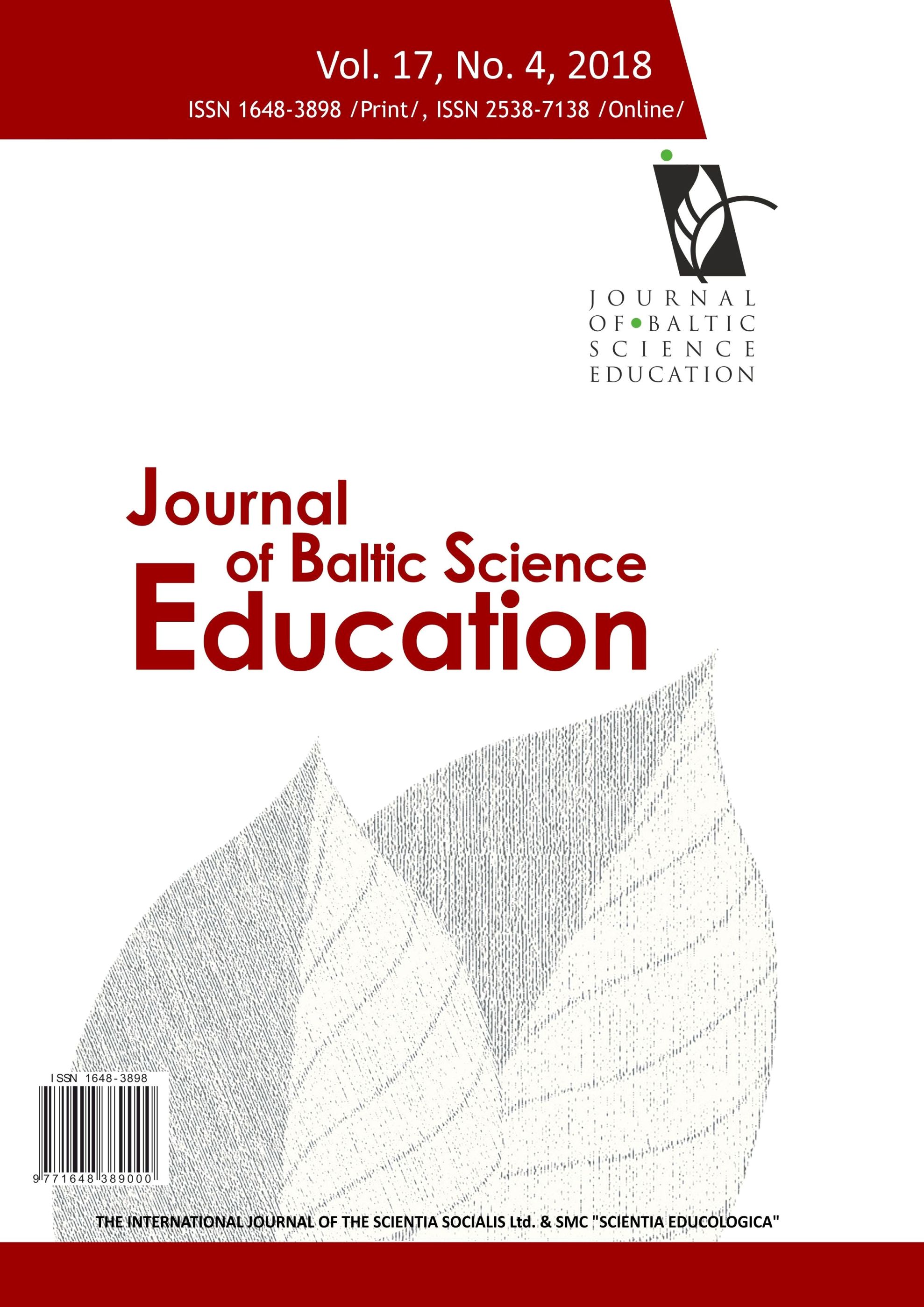THE EFFECT OF VISUALIZATION TYPE AND STUDENT SPATIAL ABILITIES ON LEARNING ACHIEVEMENT
THE EFFECT OF VISUALIZATION TYPE AND STUDENT SPATIAL ABILITIES ON LEARNING ACHIEVEMENT
Author(s): I Gde Wawan Sudatha, I Nyoman Sudana Degeng, Waras KamdiSubject(s): Social Sciences, Education, School education
Published by: Scientia Socialis, UAB
Keywords: dynamic visualization; learning achievement; science instruction; spatial ability; static visualization;
Summary/Abstract: Students’ spatial ability plays an important role in instruction with dynamic and static visualizations. This research was aimed at describing 1) the difference in learning achievement between the students who learned from dynamic visualization and static visualization, 2) the difference in learning achievement among students who have high spatial ability and those who have low spatial ability, and 3) the interaction between type of visualization and spatial ability on learning achievement. This research used the non-equivalent control group quasi-experimental design. The sample consisted of 115 eighth grade students in Singaraja, Indonesia. The data were collected by learning achievement test and Paper Folding Test. The data were analyzed using ANCOVA. The results showed that:1) there was a significant difference in learning achievement between the students who learned from dynamic visualization and static visualization; 2) there was a significant difference in learning achievement between the students who have high spatial ability and those who have low spatial ability, and 3) there was no interaction between visualization type and spatial ability on learning achievement. Therefore, the different combination of the types of visualization and sequence of presentation and relation with individual characteristic can be elaborated more in the further research.
Journal: Journal of Baltic Science Education
- Issue Year: 17/2018
- Issue No: 4
- Page Range: 551-563
- Page Count: 13
- Language: English

